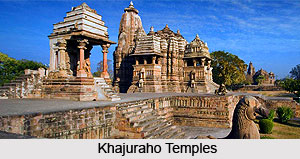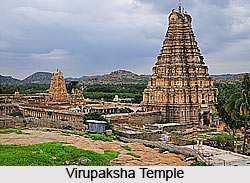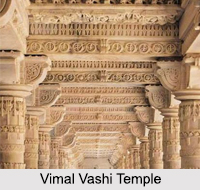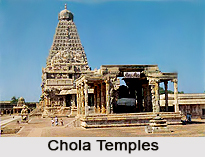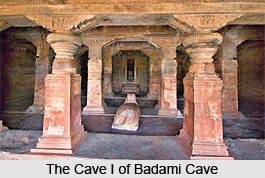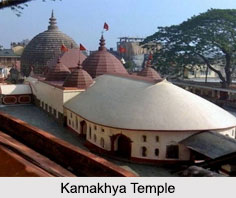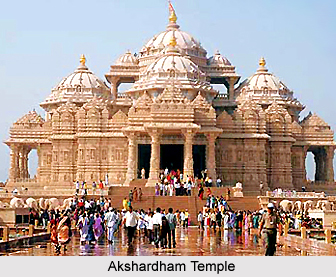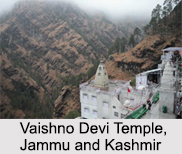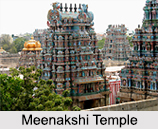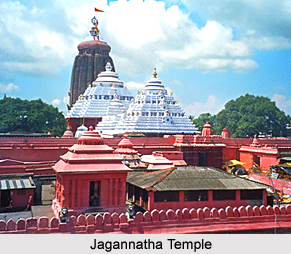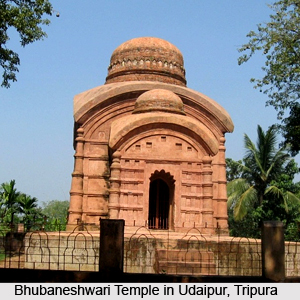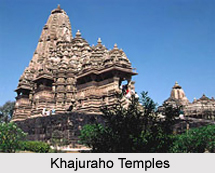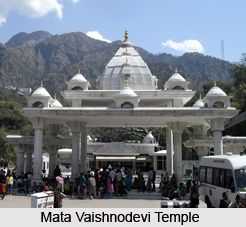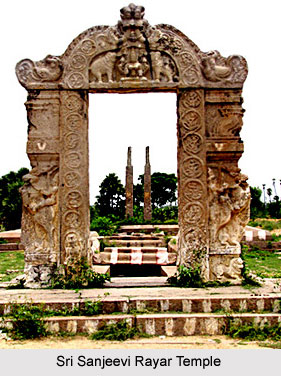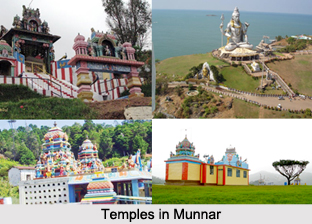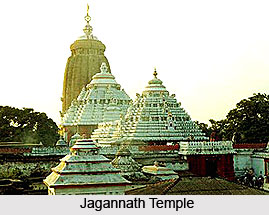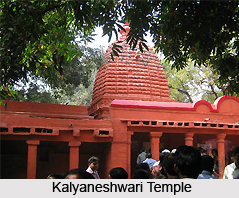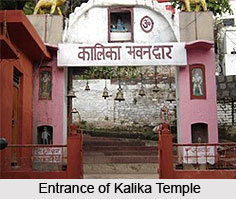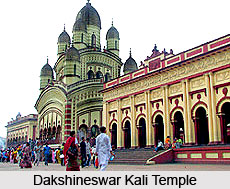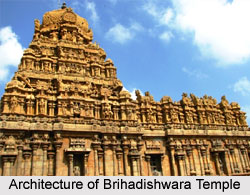The temple for Pandava Doota Perumal (Sri Krishna) is one of the significant temples of Kanchipuram in South India. It is situated in the core of Kanchipuram (Periya Kanchi) very near the Ekamranatha temple. Sri Pandava Doota Perumal Temple is considered as one of the 108 Divya Desams eulogized by Pey Azhvar, Bhudattazhvar, Tirumazhisai Azhvar and Tirumangai Azhvar. They speak of this sacred place as the holy Paadagam. The inscriptions in this temple also record the name of this place as Tiruppaadagam and refer to the deity here as Tiruppaadagattazhvar. This temple along with other two temples, named Yathoktakari temple at Tiruvehkha and the Ulagalanda Perumal temple, Ooragam forms a trinity, which are considered to be among the most ancient temples in Kanchipuram. The antiquity of this temple is one of the chief cause for which it is venerated as the holy place or Paadagam.
Sri Pandava Doota Perumal Temple is the Vishnu temple of South India. It houses the idol of Lord Krishna and lord Vishnu. The different stately posture of lord Vishnu in this trinity enhances the grandeur of this temple along with its antiquity. The majestic and unusually large images of Vishnu at Paadagam, Ooragam and Tiruvehkha seen in the sitting, standing and reclining postures respectively are of stucco (sudhai) and not of stone. According to scholars, these images were probably set up for worship even in the pre-Pallava times, i.e., in the Sangam age.
The Sri Pandava Doota Perumal Temple is considered as a legendary temple according to the references made in the Sthala Purana. Moreover the legendary story of this temple is associated with an interesting episode found in the Mahabharata. This legendary myth increases the antique grandeur of the temple. According to the story of Mahabharata associated with this temple, when Sri Krishna went as an emissary (Doota) of the Pandavas to the court of the Kauravas at Hastinapura to request Duryodhana to follow the path of peace and to avert war, Duryodhana hatched a plot to capture and imprison Krishna. However, the Lord at that time assumed His Vishwaroopa form and the crowd at Duryodhana`s court began to worship Him. With Krishna`s grace, the blind Dritharashtra, Duryodhana`s father, was able to temporarily get back his eyesight to have a vision of the Lord`s Vishwaroopa. This awe-inspiring, gigantic image of Lord Krishna at Paadagam is believed to be this Vishwaroopa form, which he revealed to Janamejaya by giving his consent to the wish of this king who performed severe penance.
The huge colossal image of Lord Krishna in the Sri Pandava Doota Perumal Temple is utterly overwhelming. No other Vishnu temples have accommodated such a massive idol of Lord Krishna. The idol of Lord Krishna in this temple faces east and is approximately twenty-five feet in height with His crown almost touching the roof of the holy sanctum.
The deity of Lord Krishna, exhibiting a tranquil countenance and beautiful smile, is seen seated in the ardha-padmasana posture with His right leg bent and His left leg placed in front. His right hand shows the protection gesture (abhaya) while His left hand indicates the boon-giving gesture (varada). While Vishnu icons in most temples are shown with four arms (chaturbhuja), the one here at Paadagam is two armed, probably indicative of the human incarnation of Krishna. The processional deity (utsava murti) in this shrine is a four-armed Vishnu surrounded by Sri Devi and Bhu Devi.
In a small compartment in front of the main shrine are installed the images of many Azhvar and Acharyas. Of particular importance is the idol of Arulala Perumal Emberumanar, which is rarely seen in other Vishnu temples thereby enhancing the stately grandeur of the Perumal temple He was believed to be the disciple of Sri Ramanuja, the preeminent Srivaishnava preceptor (Acharya).
The legend of the temple makes the temple famous and the idols constructed according to the legendary stories enhanced the traditional importance of the temple.
